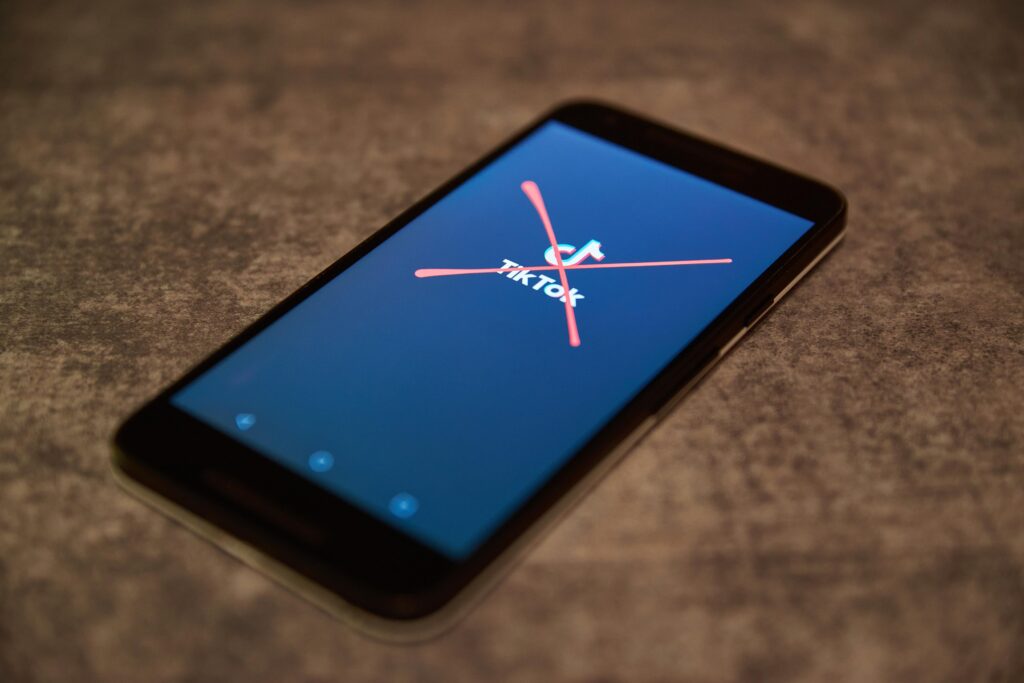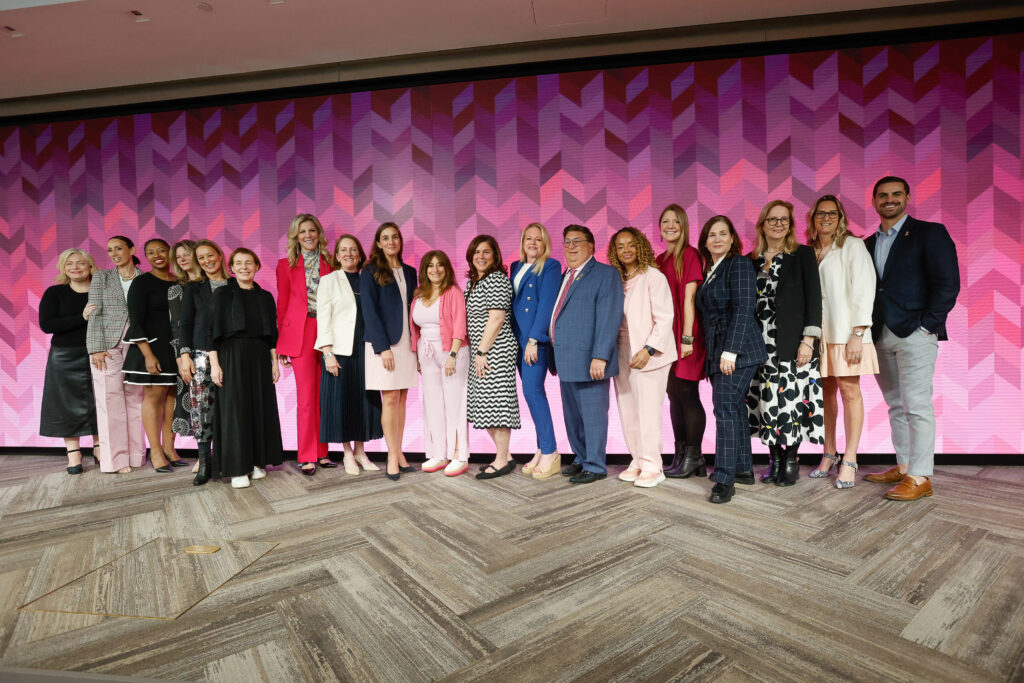There are all-new ways to channel surf in our evolving era of shoppable TV. As part of StreamTV’s recent Future of TV virtual event, Quigley CEO Carl Fremont sat down with Evan Moore, the senior vice president of Commerce Partnerships at NBCUniversal, and Gary Mittman, the CEO of KERV Interactive, for a fireside chat about the evolution of interactive TV commerce.
Why is now the right time for shoppable advertising on television? What has changed?
Evan: We’re definitely at a moment of convergence. It’s not that there’s one thing that has happened that has made now a great time for shoppable entertainment or shoppable television more specifically. It’s more that there’s been a groundswell of a number of technological changes and business changes that have made now the time.
Now most of us, most of the time, are watching television on an interactive device that’s connected to the internet. All of us—or nearly all of us—have payment methods stored in the cloud that are easily accessible using payment-service providers that we know and trust. And I think, more importantly, we’ve all become trained to the expectation that when we’re consuming a piece of content, it should be interactive and that we should be able to do something with that piece of content to fulfill a need, if we’re inspired by it.
Television has remained the one platform, or the one medium, where that hasn’t really been possible until in just the last couple of years, as small types of interactivity have started to become commonplace on television, like pausing a scene to understand which actors are in it or what location it might have been filmed at.
Consumers are waiting for this experience. If you talk to them, they don’t understand why they can’t do it now.
Gary: 100 percent. In fact, they’re tired. We’ve trained them with streaming television to enjoy no ads. So, if you take Netflix going back to an AVOD model, putting an interstitial ad in there, that’s painful. That’s going to be difficult for the consumer to enjoy. If they have a user-curated experience, it will satisfy all components. Everybody’s hungry for new, innovative applications.
Carl: I think we’re all concerned. Will this be an interruptive experience? But if you’re providing true value, consumers want it. You won’t find it interruptive, as long as it provides a value and as long as it provides a service.
Where is NBCUniversal’s shoppable TV today, and where do you think it will be?
Evan: We’ve been developing shoppable entertainment programming and shoppable television innovations for over three years now. We were using the QR codes on TV way before it was cool. The pandemic came very shortly after that, and all of a sudden, with the QR code being natively supported within the iPhone and Android as well, consumers caught on to the practice of using the QR code to react to media in order to go into a direct response activity very quickly.
We saw some incredible response rates, especially when we integrated a shoppable TV experience into the actual programming and made it highly contextual to what was happening on the screen. And that’s been the big arc of learning that we’ve had over the last few years here. The more we can bring the shopping experience into the entertainment that you’re watching and make it an organic extension of that entertainment experience, the more effective it is at driving consumer response and conversion at the other end, for whatever transactional experience you’re presenting, and the more entertaining the consumer finds the experience.
At the core of it, shopping is entertainment. It’s something that we do every day that we find enjoyable and that we find entertaining. And if it’s done right, it can be extremely additive and an extension of the entertainment experience that goes outside of what you’re watching on your TV and, eventually, comes into your home and becomes part of your life.
NBCUniversal integrated a new shoppable format into Love Island USA on Peacock. Can you talk a little bit about that?
Evan: That’s definitely an evolution of our strategy here for how we work together with our content teams and our content production to really make shoppable entertainment possible.
There is this sneaky blocker to shoppable television that, I think, has been a constraint in the past, in that usually production timelines for television shows are many, many months. You’ll create a show and it won’t air for six to eight months. Within the world of retail, that is a lifetime. A retailer has no idea what they’re going to have in stock three months from now—let alone six months from now or eight months. So being able to actually coordinate and being able to sell the item on a piece of programming at the moment that you’re watching it used to be a really difficult task.
Now there’s a lot of content formats, like reality competition or unscripted television, that really lend themselves to shoppability effectively. And even the production timelines in subscription television have compressed so much more.
You’re very quickly going from shooting the episodes to actually having them air live for consumers.
In advance of the Love Island shows, we connected directly with the team that is producing it and introduced them to the entire marketplace of brands that we work with through NBCUniversal checkout to give them the freedom to select whichever of those brands they thought would be a good fit for their show and for the contestants that are on their show. Then those contestants organically chose whether they wanted to use any of those products or to bring them onto the set, including sunscreens and makeup and beach apparel. Then that created this great organic opportunity for us to create a shoppable entertainment experience around that on Peacock.
Now every time you see an episode of Love Island, at the end, you’re prompted with a QR code to shop what you’ve just seen on the show. It doesn’t come across as being something that we shoehorned into the experience or had some sort of The Truman Show execution, where they’re very clearly and explicitly doing something that’s advertising-based. Instead, we have effectively engineered a demonstration of the value that the brand brings, actually showing how it fits into the lifestyle—what is, for many people, an aspirational lifestyle of what they’re seeing on screen there—and then giving them a really easy way to bring that into their home.
KERV makes in-show content monetization very simple by correlating the visual object and the details to a catalog or offset. How is this accomplished for the consumer without stopping the show? Can you describe what KERV is?
Gary: We take any show, no preproduction required, and we ingest the show on our platform. Our AI then finds all the objects that it’s told to find, or that we can find. That includes set design, costumes, even location. So, all of the different variables within it can be identified and correlated to multiple catalogs. If we were to take five different retailer catalogs, correlate them against a single show, and find the closest matches, we then bring that data in (which includes a description, an image, a thumbnail, and/or going to a QR code or a registration data integration) if the partner we’re working with (the content owner) passes that along.
The engagement variable can be either a little banner that goes up over the show in that scene, or it can be a full pause where you can scroll across left and right with your TV remote to see the various products that are there, select one, and get a larger description—again with a QR code or registration data integration.
How can companies and brands use that data to connect to the right consumer?
Gary: Well, it’s interesting. Is the connection to the consumer or the content? This is the variable that we’re all evolving and learning from. As an example, if they’re watching a show that’s a rom-com, and it has a dress that the person who is watching the show likes, then the demographic of the consumer is already predetermined. So, you’re not really targeting Jane Doe. You’re targeting the content. If you’re showing in that content the dress that person is wearing, and they express interest in that, boom! There you go! The same thing if it’s a Marvel show and you’re seeing Thor and you want to buy Thor paraphernalia: same model. It’s really the show dictating who the user is- and the demographic. The content, itself, is what you’re correlating against.
Carl: Shoppable TV doesn’t really take away from the content at all. It really adds to it and to the story. It adds to the whole experience.
There’s been an explosion in mobile commerce that was heightened by COVID-19. How does the mobile experience impact shoppable TV?
Evan: When we were developing out the shoppable TV capability, there was a lot of information hitting the marketplace around how often people were both using their mobile devices at the same time that they were watching television. I think that the number that we saw was something like 72% of viewers at home are actively interacting with their mobile device while watching television. This means that when we actually present the shoppable TV experience, when we put a QR code up at the screen, for most viewers at home, they don’t have to reach into a purse or go fishing in their pocket. They’ve got their mobile device right there in their hands, so we can drive them a second-screen experience right there, instantly, where they likely have the ability to very easily transact and have familiarity with the device to be able to transact. It really was the quickest path to be able to get that sort of direct response activity in front of the consumer at a wide scale.
According to Roku, TV viewers are more likely to click OK on a remote than scan a QR code to buy an item. Which will win out, the QR code or device?
Gary: I think we’re going to see a lot of evolution of this stuff, including voice activation. A lot of variables in the transactional side of this are shortening the path to a quick transaction—like an Apple ID that’s already loaded in or an Amazon login that’s preexisting. If you look at all the variables, it could be as simple as a one-click transaction. The opportunities are broad. It could also be the registration data. You could also click to pass a text to the consumer. The consumer could then click on the text, and we’ll do the transaction right there on their phone.
Evan: I think that we’re going to be going through a few years of experimentation to really understand how the consumer experience is most effective, and it’s definitely not going to be a one-size fits all. We need to be able to meet the consumer where they’re at in the journey, in the funnel. Have they been so inspired by what they’re watching that they’re ready to transact right now? Then maybe that’s an opportunity for us to use a stored payment method that’s associated with their identity in that platform and actually drive a purchase right there on the screen. Are they wanting to consider it? Maybe more of a longer purchase window than that. Maybe they need a few days and want to do some additional research. And maybe it needs to be a capability for them to go to a second screen with that in order to save it where they can access it.
It’s a matter of us doing that work, that research, that experimentation, being willing to try different things, and to fail and succeed in different places to find the consumer experience that is really most effective at driving an entertaining shopping experience on TV.






